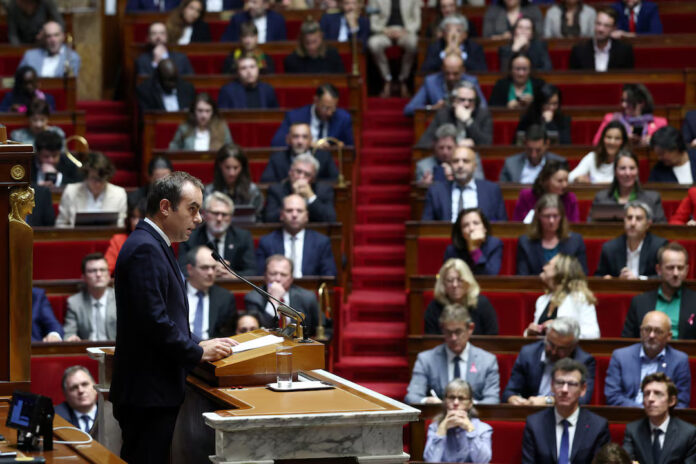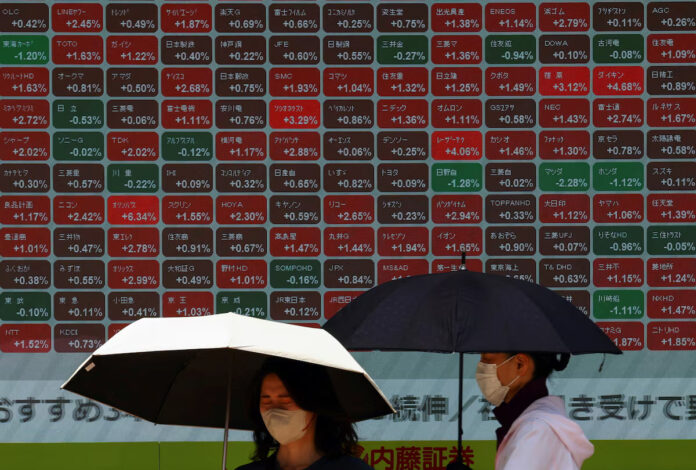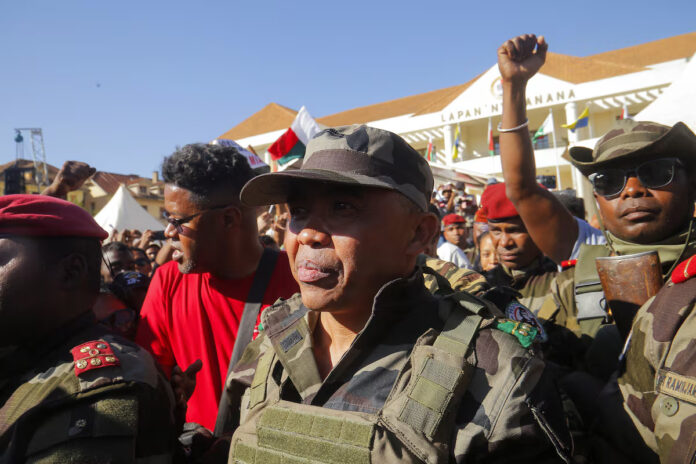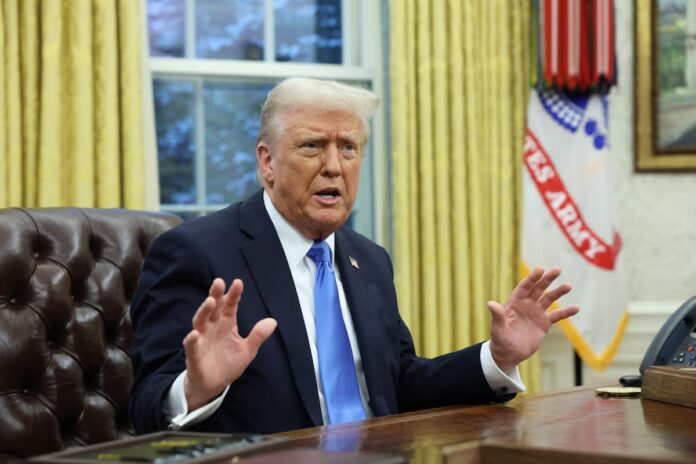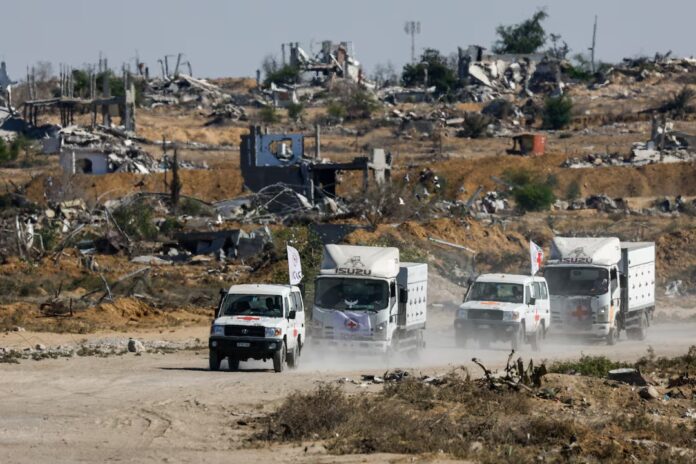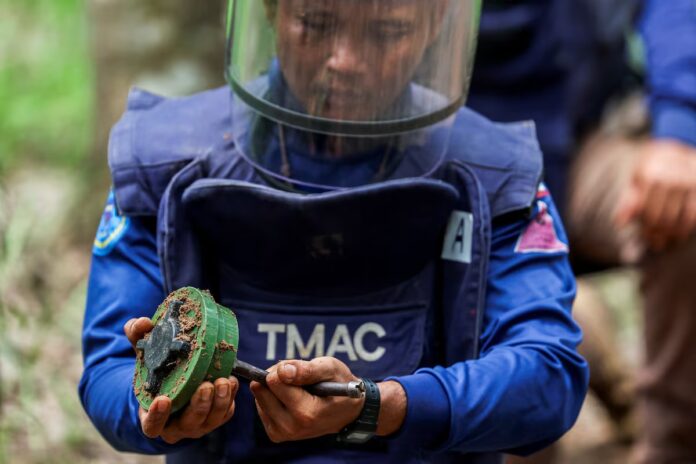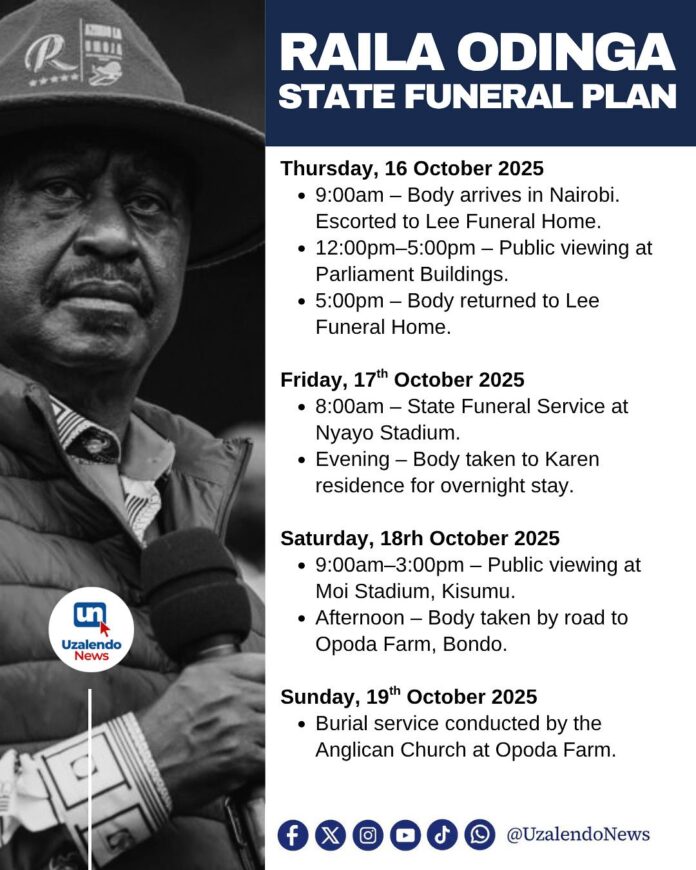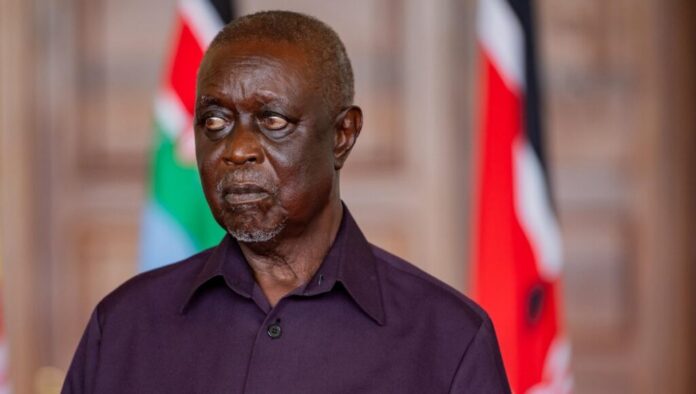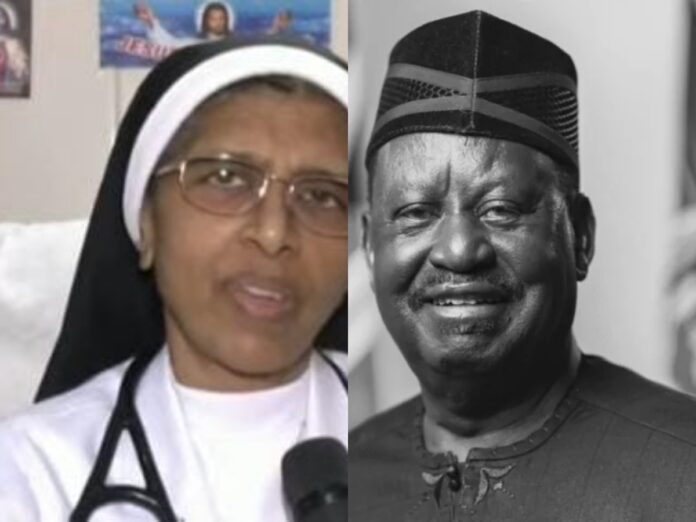French Prime Minister Sébastien Lecornu is expected to narrowly survive two no-confidence votes in parliament on Thursday, after offering to suspend President Emmanuel Macron’s controversial pension reform in a bid to win over opposition lawmakers.
Lecornu, already France’s shortest-serving prime minister in modern history before his reappointment last week, faced the threat of an even briefer second tenure until he made the dramatic concession on Tuesday.
The move effectively puts one of Macron’s signature policies on hold and underscores the fragility of the government’s grip on power.
The Socialist Party, which holds the balance of power in the National Assembly, welcomed Lecornu’s proposal and announced it would abstain from supporting no-confidence motions filed by both the far-left and the far-right National Rally.
Their decision significantly improves Lecornu’s chances of surviving the votes, though the outcome remains tight.
The government’s opponents, 265 lawmakers from various left- and right-wing factions, have pledged to back the motions, just 24 votes short of the 289 required to topple the prime minister and his cabinet.
Potential defections among Socialist or conservative Republican deputies, however, could still sway the result.
In an address to lawmakers on Wednesday, Lecornu said he would propose an amendment to the social security financing law in November to formally suspend the pension reform until after the 2027 presidential election.
The reform, which aimed to raise the retirement age and reduce pension deficits, sparked months of mass protests and strikes when first introduced in 2023.
The decision to freeze the reform deals a blow to President Macron’s economic legacy, leaving him with few major domestic policy victories as his second term enters its final stretch.
Analysts say the move also reflects mounting fiscal and political pressures as France grapples with high deficits and a deeply divided legislature.
The country remains mired in one of its worst political crises in decades, with successive minority governments struggling to pass key budgets amid an increasingly fragmented parliament split into three ideological blocs, the far-left, the center, and the far-right.
Meanwhile, the Socialists have shifted focus to the upcoming 2026 budget, pushing for the inclusion of a tax on billionaires as negotiations intensify.
For now, Lecornu’s calculated gamble may buy the government time, but it also highlights the steep price Macron’s administration is paying to stay in power.
Source: Reuters
Written By Rodney Mbua









